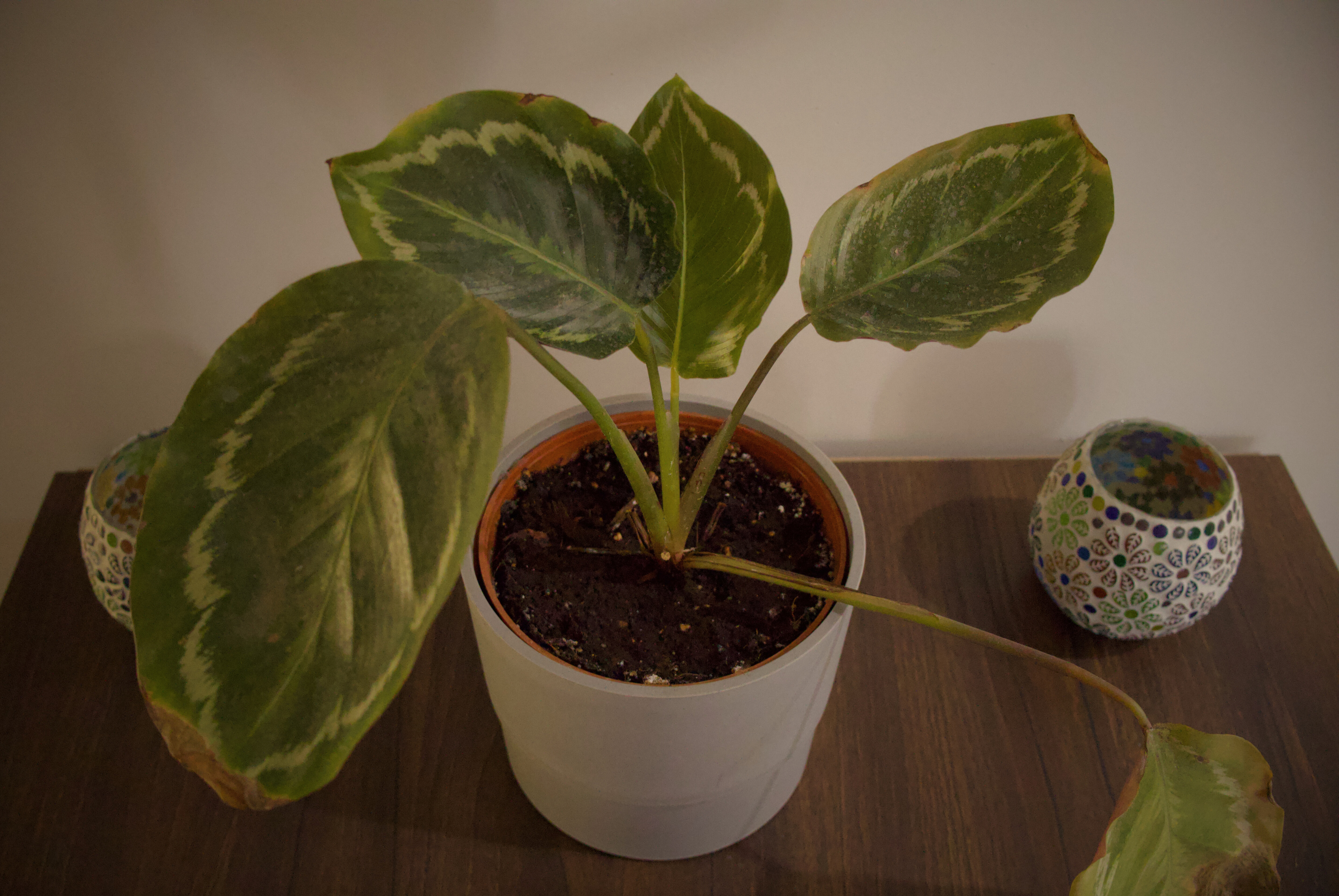Let’s explore how to build your first Kotlin Multiplatform Mobile (KMM) app!
What is Kotlin Multiplatform Mobile?
Think of KMM is like a code-sharing wand that lets you write business logic once in Kotlin and use it on both iOS and Android. It’s like having a universal translator for your code - write once, run everywhere (well, on mobile at least)!
When you use KMM, you get to:
- Share business logic across platforms
- Keep native UI for the best user experience
- Reduce duplicate code and potential bugs
- Speed up development time
Setting Up Your Environment
First, let’s get your development environment ready. You’ll need:
// Root build.gradle
buildscript {
repositories {
google()
mavenCentral()
}
dependencies {
classpath("org.jetbrains.kotlin:kotlin-gradle-plugin:1.9.20")
classpath("com.android.tools.build:gradle:8.1.0")
}
}
Your project structure should look like this:
MyKMMProject/
├── androidApp/
├── iosApp/
└── shared/
├── src/
├── commonMain/
├── androidMain/
└── iosMain/
Your First Shared Code
Let’s start with something simple - a shared data model:
// commonMain/kotlin/com/example/User.kt
data class User(
val id: String,
val name: String,
val email: String
)
Now, let’s add some platform-specific code:
// commonMain/kotlin/com/example/Platform.kt
expect class Platform() {
val platform: String
}
// androidMain/kotlin/com/example/Platform.kt
actual class Platform actual constructor() {
actual val platform: String = "Android ${android.os.Build.VERSION.SDK_INT}"
}
// iosMain/kotlin/com/example/Platform.kt
actual class Platform actual constructor() {
actual val platform: String = UIDevice.currentDevice.systemName()
}
Networking Made Easy
Here’s how to set up a shared network layer using Ktor:
class ApiClient {
private val httpClient = HttpClient {
install(ContentNegotiation) {
json()
}
}
suspend fun fetchUser(id: String): User {
return httpClient.get("https://api.example.com/users/$id").body()
}
}
Platform-Specific UI
Android UI
class MainActivity : ComponentActivity() {
override fun onCreate(savedInstanceState: Bundle?) {
super.onCreate(savedInstanceState)
setContent {
UserProfile()
}
}
}
@Composable
fun UserProfile() {
var user by remember { mutableStateOf<User?>(null) }
LaunchedEffect(Unit) {
user = ApiClient().fetchUser("123")
}
Column {
Text(user?.name ?: "Loading...")
Text(user?.email ?: "")
}
}
iOS UI
struct ContentView: View {
@State private var user: User? = nil
var body: some View {
VStack {
Text(user?.name ?? "Loading...")
Text(user?.email ?? "")
}
.onAppear {
ApiClient().fetchUser(id: "123") { fetchedUser in
user = fetchedUser
}
}
}
}
Common Pitfalls to Watch Out For
- The Threading Trap: Remember that each platform handles threading differently. Use Dispatchers.Default for shared code:
class UserRepository {
suspend fun getUser(id: String) = withContext(Dispatchers.Default) {
// Safe to call from any platform
api.fetchUser(id)
}
}
- The Memory Maze: iOS and Android handle memory differently. Use weak references when needed:
// In shared code
class SharedViewModel {
private val _state = MutableStateFlow<User?>(null)
val state = _state.asStateFlow()
}
- The Platform Puzzle: Don’t access platform-specific APIs in common code:
// DON'T do this in commonMain
fun getPlatformVersion() = Build.VERSION.SDK_INT // Won't work!
// DO this instead
expect fun getPlatformVersion(): String
actual fun getPlatformVersion() = Build.VERSION.SDK_INT.toString()
Real-World Example: Image Loading
Here’s a practical example of an image loader that works across platforms:
interface ImageLoader {
suspend fun loadImage(url: String): ImageBitmap
}
class AndroidImageLoader : ImageLoader {
override suspend fun loadImage(url: String): ImageBitmap =
withContext(Dispatchers.IO) {
URL(url).openStream().use {
BitmapFactory.decodeStream(it).asImageBitmap()
}
}
}
class IosImageLoader : ImageLoader {
override suspend fun loadImage(url: String): ImageBitmap =
withContext(Dispatchers.Default) {
NSUrl(string = url)?.let { nsUrl ->
NSData.dataWithContentsOfURL(nsUrl)?.toUIImage()?.toImageBitmap()
} ?: throw IllegalArgumentException("Invalid URL")
}
}
Testing Your KMM Code
Here’s how to test your shared code:
class UserRepositoryTest {
@Test
fun testFetchUser() = runTest {
val repository = UserRepository(mockApi)
val user = repository.getUser("123")
assertEquals("John Doe", user.name)
}
}
Conclusion
KMM can easily help you reduce your cross-platform app development time and effort by a lot!
Also don’t forget to check out the official KMM documentation for more advanced topics.
